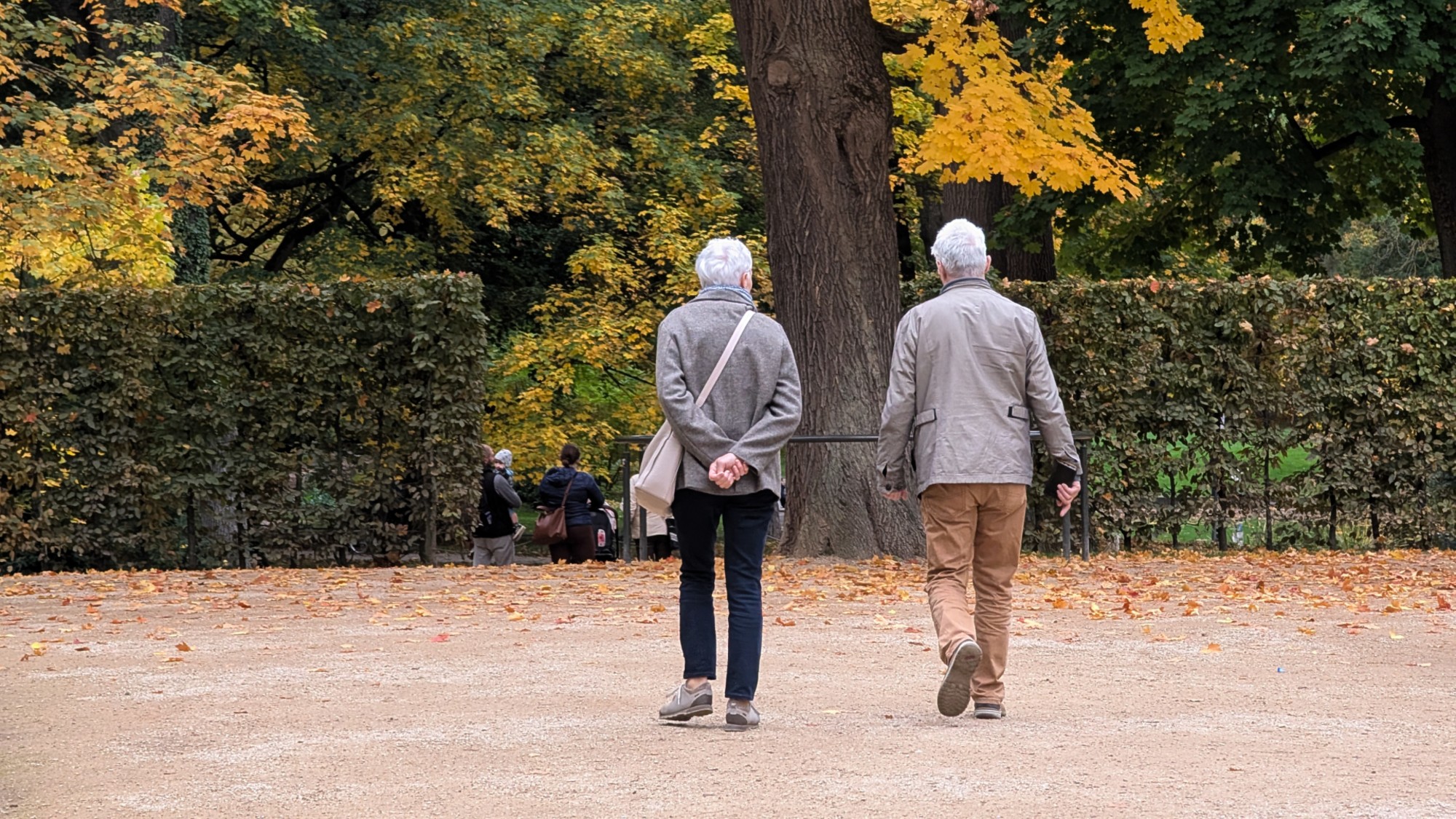Exhibit of the week: Through African Eyes: The European in African Art, 1500 to Present
The Detroit Institute of Arts has brought together more than 100 African artworks that depict European colonizers.
Detroit Institute of Arts
Through Aug. 8
“As Europeans colonized the world in centuries past,” they created countless artworks that caricatured native cultures in Africa and elsewhere, said Michael H. Hodges in The Detroit News. These colonizers “may have been too self-absorbed to notice, but Africans were sculpting and painting the new arrivals” as well. An “entertaining and groundbreaking” new show at the Detroit Institute of Arts brings together more than 100 African artworks to tell a five-century story of cultural conflict and commingling. Early works reflect a certain admiration for the foreigners, “with their technology and strange appearance,” but resentment and satire become evident as the years drag on. “In this respect, Through African Eyes is a rare example of the powerless portraying the powerful.”
The Week
Escape your echo chamber. Get the facts behind the news, plus analysis from multiple perspectives.

Sign up for The Week's Free Newsletters
From our morning news briefing to a weekly Good News Newsletter, get the best of The Week delivered directly to your inbox.
From our morning news briefing to a weekly Good News Newsletter, get the best of The Week delivered directly to your inbox.
Still, this isn’t one of those exhibitions that preach the evils of imperialists and the virtues of the “noble savage,” said Mark Stryker in the Detroit Free Press. “Check your preconceptions at the door,” and you’ll discover a much more complicated story. Rather than present a “monolithic view of Africa,” the exhibition recognizes that the continent was a patchwork of diverse native cultures, most of which were initially eager to cooperate and trade with Europeans. Surprisingly few works refer to the slave trade—a fact that seems to suggest “shame, disbelief, and confused silence”—but many acknowledge more subtle exploitation. “Look closely” at the Bembe wood carving of two African men carrying a white man, “and you see poignant tears running down the cheek of the rear porter.”
“Such works were often consciously double-edged,” said Holland Cotter in The New York Times. To Europeans, they seemed to be mere decorations, but Africans understood them as coded commentary. We can get even closer to African artists’ true feelings by looking at creations “pitched to a specifically African audience.” Tribal dance masks, in particular, were a “politically infused” art. A Nigerian mask from the early 1900s satirizes a white officer, “with his skuzzy moustache, too-small pith helmet, and apoplectic flush.” A Malawi mask from around the same time shows a particular British commissioner: “With its gaping mouth, red complexion, and wild-beast hair, it’s a sculptural projection of violence.” Through African Eyes is filled with such revelations, opening our own eyes to the beauty and importance of art “that most of us never knew existed.”
A free daily email with the biggest news stories of the day – and the best features from TheWeek.com
-
 The UK’s best Christmas pantos
The UK’s best Christmas pantosThe Week Recommends Dive into the festive cheer, even into the new year, with some traditional favourites and modern twists
-
 The longevity economy is booming as people live longer
The longevity economy is booming as people live longerThe Explainer The sector is projected to reach $27 trillion by 2030
-
 Codeword: December 11, 2025
Codeword: December 11, 2025The daily codeword puzzle from The Week